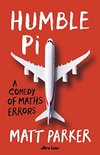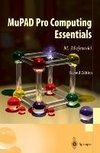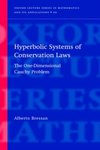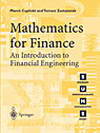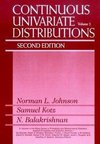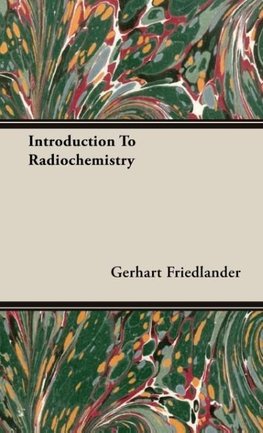
-
 Anglický jazyk
Anglický jazyk
Introduction To Radiochemistry
Autor: Gerhart Friedlander
Introduction to Radiochemistry BY Gerharf Friedlander. PREFACE: An increasing number of universities are offering courses in radioactivity for chemists. Very likely many teachers and stu dents in these courses feel as we do that there has been no suitable... Viac o knihe
Na objednávku
50.67 €
bežná cena: 56.30 €
O knihe
Introduction to Radiochemistry BY Gerharf Friedlander. PREFACE: An increasing number of universities are offering courses in radioactivity for chemists. Very likely many teachers and stu dents in these courses feel as we do that there has been no suitable textbook for this purpose. There is the very excellent Manual of Radioactivity by G. Hevesy and F. A. Paneth however, advances in the science since its last edition, in 1938, have been more than any authors should have to expect in one decade. Moreover, no recent book on the subject has been written specifically for chem ists. We have tried to prepare a textbook for an introductory course in the broad field of radiochemistry, at the graduate or senior undergraduate level, taking into account the degree of pre vious preparation in physics ordinarily possessed by chemistry students at that level. We would like to offer definitions of terms, including radio chemistry, nuclear chemistry, tracer chemistry, and radiation chemistry that are heard increasingly today. Unfortunately, the meanings of some of these vary from laboratory to laboratory, and they are hardly used concisely at all. By one group nuclear chem istry is used to mean all applications of chemistry and nuclear physics to each other including stable-isotope applications . How ever, to our minds nuclear chemistry emphasizes the reactions of nuclei and the properties of resulting nuclear species, just as organic chemistry is concerned with reactions and properties of organic compounds. We think of tracer chemistry as the field of chemical studies made with the use of isotopic tracers, including studies of the essentially pure tracers at extremely low concen trations. In the title of this book we have meant the term radio chemistry to include all the fields just described, but to exclude stable-isotope tracer applications. Radiation chemistry, which is not discussed in this text, deals with the chemical effects produced by nuclear and other like radiations, and although it involves some of the phenomena of radiochemistry it is really closely related to photochemistry. Some comments on the order in which the subject matter is presented are perhaps appropriate. We believe that the sequence of chapters after chapter VI is the logical one the order of presen tation of the material of the first five chapters is much more nearly a matter of individual choice. Our plan, which we have found quite teachable, is to use the historical background as a brief introduction to the concepts and terminology this makes the going much easier in the succeeding topics. Chapter V actually follows logically after chapter I, and nothing in the arrangement of the material prevents its introduction there if preferred, but we feel that it is more effective first to present further descriptive information about atomic nuclei and nuclear reactions than to confront the student at this point with the quantitative treatment of growth and decay processes. The development of the subject matter in this book has grown out of an introductory course in radiochemistry, first given in the informal Los Alamos University in the latter part of 1945 by the authors principally G. F. with the help of Drs. R. W. Dodson and A. C. Wahl, and offered each year since in the Department of Chemistry at Washington University, St. Louis, by one of us J. W. K....
- Vydavateľstvo: Munshi Press
- Rok vydania: 2008
- Formát: Hardback
- Rozmer: 222 x 145 mm
- Jazyk: Anglický jazyk
- ISBN: 9781443723091
